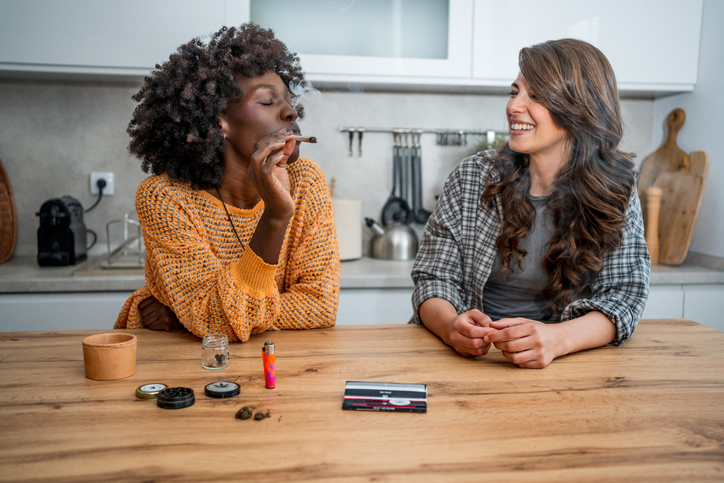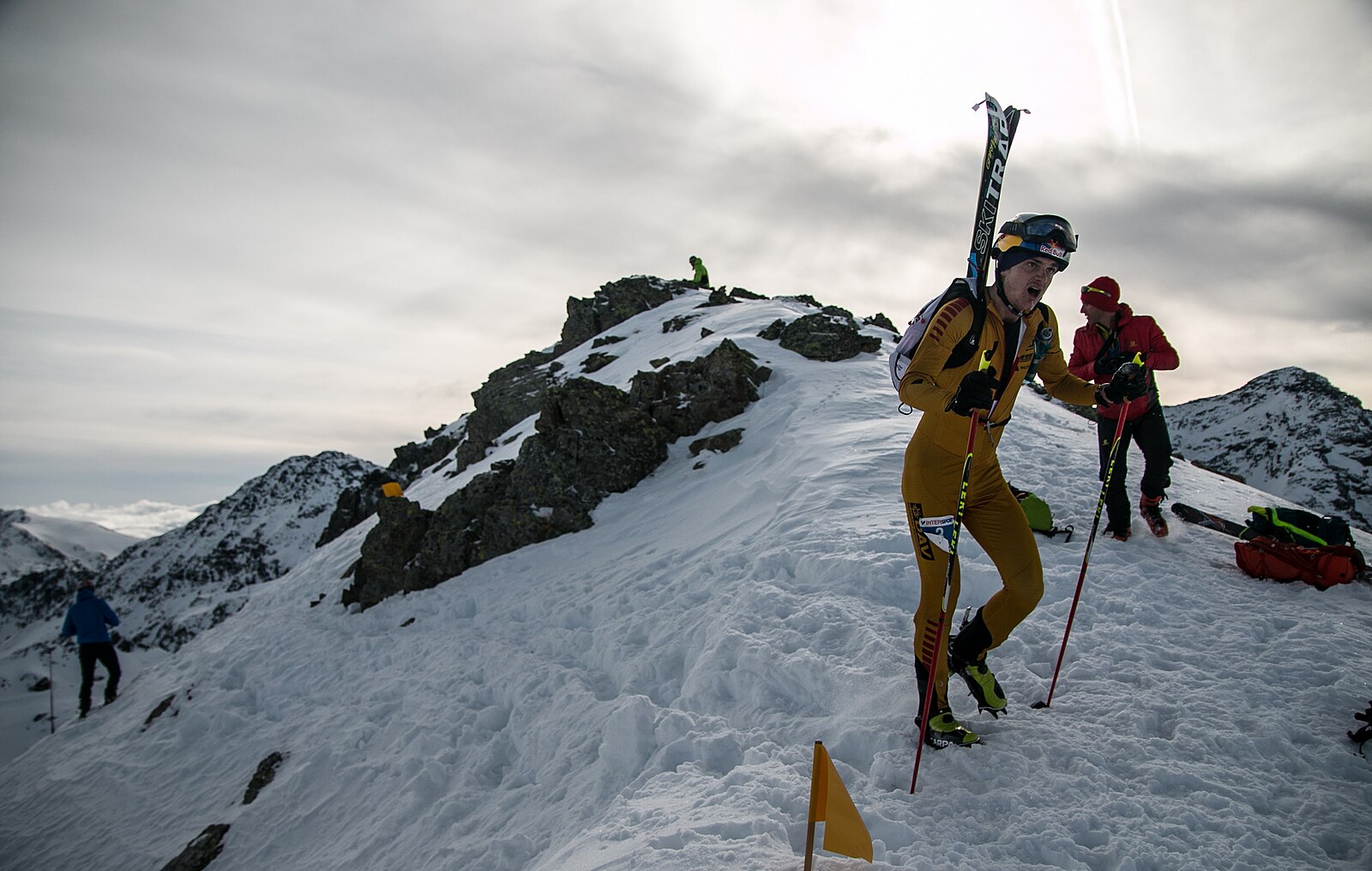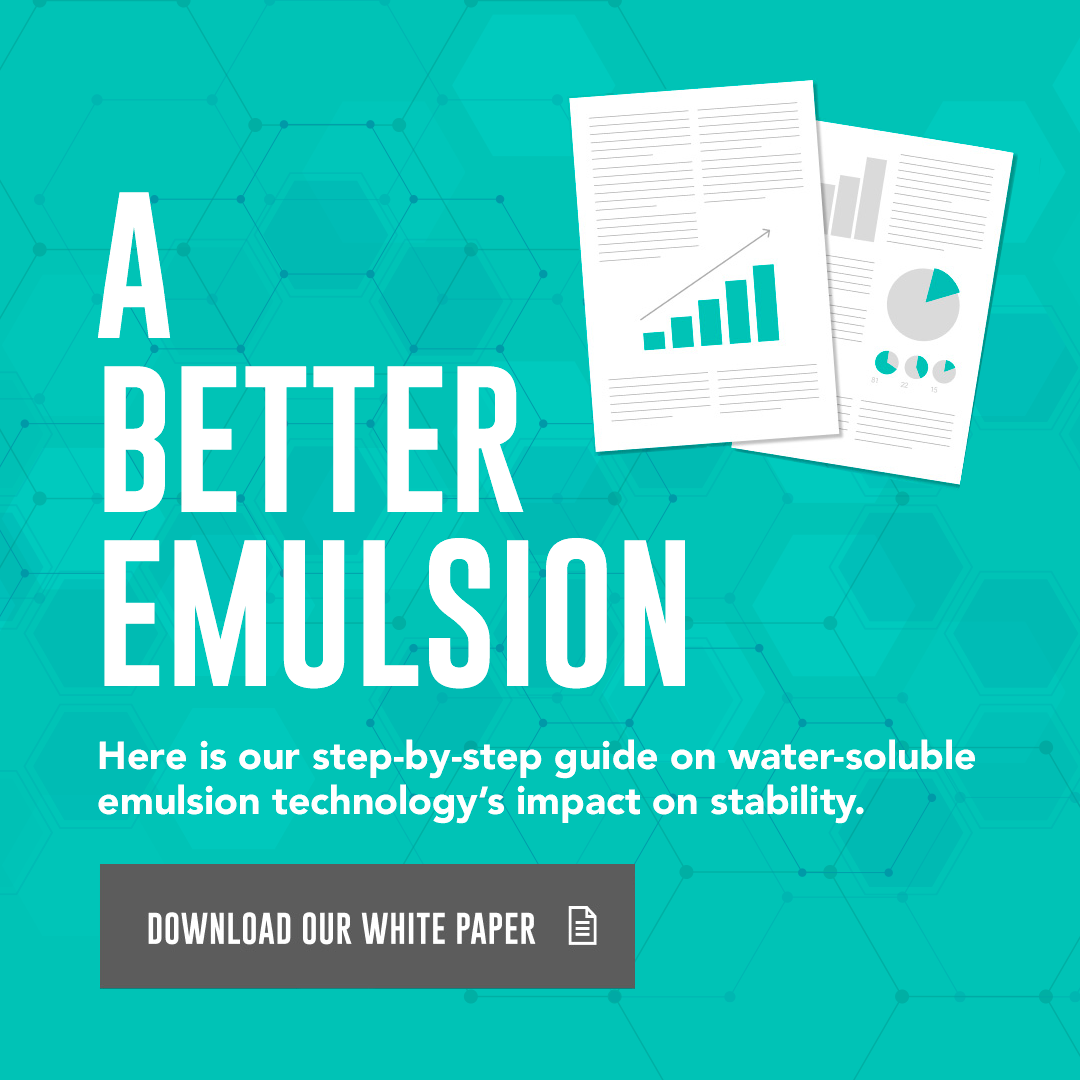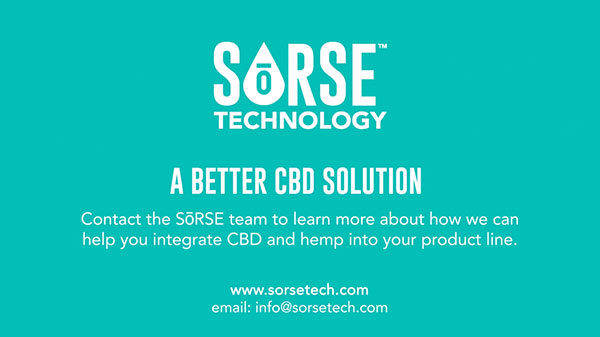In the past few years, consumers’ curiosity and interest in CBD has grown at a rapid rate, and a result of that is an influx of food items and beverages infused with the cannabinoid. From marshmallows to protein bites, from fruit-flavored gummies to popcorn, the array of sweet and savory edible CBD products on the market is ever-expanding. For consumers who are curious about incorporating CBD into their daily routine but don’t love the idea of ingesting a tincture, CBD edibles offer a great alternative.
If you have a great idea for an edible and are wondering how to turn it into a viable product that will land in the hands of the consumer, here are 5 Steps to Building an Infused CBD Edible from the producers themselves.
1. GENERATE A CULINARY CONCEPT
Mainstream vs Unique Concept
The first thing that you need to know when building a successful infused edible is that a simple, mainstream concept will be easier to execute than a unique concept that is not on the market. That said, if you are determined to create a product that no one has seen before, try to find its mainstream, CBD-free equivalent so that you can understand what it will take to execute production. The process of taking an edible from concept to commercialization typically takes nine to twelve months, so thinking through your timeline from start to finish and being realistic when setting expectations is extremely important.
Needs & Challenges
In the early stages of planning, it’s also advisable to identify your needs and potential challenges. Aside from having a great concept, you’ll need ingredients, including CBD; production equipment (like forms or molds); a production facility; packaging; and marketing materials. If you have never created an edible before, some of the challenges you might foresee could include: A key ingredient not being available; a piece of equipment being expensive to purchase; figuring out how your packaging will impact shelf life; or working with a co-manufacturer.
What’s Important?
Any product will be more successful when you are excited about the idea and believe the item will add value to a consumer’s life. Your product should reflect what is important to you — clean label, flavor profile, quality of ingredients — and what you can bring to the marketplace. Think about what your niche is, and how you are going to differentiate your product while reaching as many consumers as you can.
2. PINPOINT YOUR TARGET CONSUMER
When developing your culinary concept, you will need to identify your audience — who is going to buy your edible, why they want to buy it, and where they will buy it. The profile you create of your target consumer should be as specific as possible. You should be able to picture what that person is like in your head, from what they do for fun to the clothes they wear.
To develop an infused edible that will bring your customer back time and again, you have to do a lot of research on consumer behavior to find out what the buyer is looking for in a company and in a product. You’ll need to consider what the consumer will find appealing about your product, what they might be doing when they are eating your edible, and who they might be with. The better you understand what your consumer wants and needs, and how the product will fit into their lives, the more successful you will be. 3.
3. DETERMINE IF YOUR PRODUCT IS GOING TO BE SWEET OR SAVORY, AND WHAT FORMAT IT WILL COME IN
When it comes to edibles, there are a variety of options on the market. In the “Sweet” category, we have gummies, chocolate bars, energy bars and cookies, to name a few. In the “Savory” category, you can find crackers, jerky, chips, amongst others. As you think about where your product will fit in, you need to continue circling back to these key questions – What does my consumer want? Are they looking for a discrete consumption method? How much do they care about the sensory experience? Is this something they will eat on-the-go or in the comfort of their home? How much does the consumer care about a product’s visual appeal?
When thinking about where your product will fit in in the marketplace, examine other items your consumer might purchase and what the packaging looks like. Packaging and labeling is the first level of engagement a customer has with your product, so visual appeal is key. Is your consumer drawn to natural products? Do they avoid plastic packaging because they are concerned about the environmental impact? Do they like to be able to see the product through the packaging? Your label and packaging should reflect your company’s culture and values and what makes your product unique.
4. EXPERIMENT WITH FLAVORS AND CHOOSE THE DOSING
The next step is to create your formula, including its flavor profile and CBD dosing. Some of the current trends in the consumer marketplace are: Global flavors like espresso, tropical fruit, and coconut; natural ingredients; earthy flavors like mushroom; sugar alternatives such as agave, maple syrup, honey, and stevia; herbs and spices; and tart and sour tastes.
When considering your product’s flavor, you also need to think about how the flavor of the CBD will work with the other ingredients, especially if your product is in a small format like a tablet or gummy. An isolate would be a good choice if you want an edible with a clean, specific flavor profile. If your consumer appreciates botanical, herbaceous products, a Broad Spectrum CBD might play well with the other flavors. Some consumers specifically seek out Broad Spectrum products because of the terpenes (aromas and flavors) that accompany the CBD.
Currently, there are a wide range of CBD dosages in the products available. Here are some of the average dosages currently on the market:
- Gummy: 10-25mg
- Mint/tablet: 5mg
- Chocolate bar (1.7oz-2.11oz): 80-200mg
- Cracker or pretzel: 2mg
To determine dosage, consider when the consumer will be eating your product, identify the desired effect you want the consumer to have after eating the product, and also think about how many pieces they might be inclined to ingest. For example, some people can eat a whole chocolate bar in one sitting, while others might only want a portion of the bar.
When adding active cannabinoids to your product, you will also need to know what parts of the process create waste or evaporation, because both need to be factored into dosing. When you’re doing trial batches of your product, you may need to initially overdose the recipe/formula to achieve an accurate final dose.
5. PREPARE FOR SCALE-UP: CHOOSE YOUR CBD SUPPLIER & PRODUCT MANUFACTURER
Once you’ve tested your formula, determined dosing, and chosen packaging, it’s time to prepare for scaling up and production. The key to a successful scaling up is identifying and securing your strategic partners in this process, such as your suppliers and a manufacturer.
Consumer safety should be your #1 concern when making an infused edible, To ensure the highest quality CBD for your product, make sure the CBD supplier that you work with shares documentation like a Certificate of Analysis, Product Data Sheets and Safety Data Sheets. For more information on what to look for when choosing a CBD supplier, please reference Section 4 of our blog entry, “5 Things You Need to Know to Create an Infused CBD Beverage.”
Next, find a co-manufacturer who understands CBD as an ingredient and has experience producing other CBD edibles will know how to work with it. Being able to do batch testing is critical because it will let you adjust your formula if you need to. It’s also worth noting that the scale-up process may take a few runs over a few months’ time, as at that stage, there can be changes in the equipment that can affect the product. Ideally your producer will allow you to be on-site for the first few runs so that you can feel confident in the process of how your edible is being produced.
If you want to sell to an audience in a specific state and there is a manufacturing center in that state, you’ll save a lot of money by producing it as close as possible to your target market area. Also, if there is a facility producing a product similar to yours and it’s considered a turnkey process for them, you will be more successful commercializing your product because they already have experience making something similar.
The journey you will take bringing a CBD-infused edible to market will be an exciting one – especially if you really believe in your concept; just know that the process will require planning, patience, flexibility, out-of-the-box thinking, problem-solving and collaboration. As you try to get your product to market, you might be thrown some curveballs along the way, but if you work with a CBD supplier and co-manufacturer who has experience working with cannabinoids, they will be able to partner with you throughout the process.
At SōRSE, our R&D team of 30+ employees is well-versed in edible production from concept to final product and welcomes the opportunity to help bring your dream to life and your product to market. Schedule an exploratory call today with SōRSE to get started on your infused CBD edibles journey!





